Mini Mock CAT
(Brought to you by NDIM, Delhi)
3 Sections:
VARC - 8 Questions (15 minutes)
DILR - 5 Questions (15 minutes)
QA - 7 Questions (15 Minutes)
[+3 for every correct answer and -1 for every incorrect]
All questions are MCQ
Read the passage to answer question 1 to 4:
The depreciation of an economy’s currency is not a matter of concern in itself. The
decline in value against major currencies has to be viewed within a set of macroeconomic
factors. The recent depreciation of the Indian rupee is a case in point. The rupee has
been depreciating for a long time. What are of concern now are the rate at which
the depreciation is occurring and the underlying factors causing the change. The
Russia-Ukraine war has disrupted supply chains causing commodity prices to rise, leading
to a worldwide hardening of inflationary trends. This, in turn, has caused major central
banks to raise interest rates, forcing investors back to the safe haven of the US dollar. For
India, these headwinds from the global economy have caused several problems. The rise
in international prices, especially of crude oil, has led to a higher import bill and, hence,
a greater demand for dollars. Higher interest rates in developed country markets have
caused a significant outflow of portfolio investments from India, aggravating the already
climbing demand for dollars from a rising import bill. By May 2022, foreign institutional
investors had pulled out Rs. 1.50 lakh crore from Indian markets.
In the face of these pressures, the rupee, left to itself, would decline in value as the
rupee-price of a dollar would increase substantially. One way the Reserve Bank of
India could stem the tide would be to sell off dollars in the market to ease the supply
situation. However, this would mean that while the value of the rupee could be contained,
the nation’s foreign exchange kitty would start to erode further. The RBI has been
doing exactly that. The challenge before the RBI is this: how much to let the rupee
depreciate and how much to intervene to prop it up? Too much depreciation would raise
domestic inflation rates as the rupee-price of imports, especially oil, would raise costs
of production. It could trigger a rise in policy-controlled interest rates while closely
monitoring inflationary expectations. The biggest challenge is to navigate unpredictable
international economic shocks in the near future. The Indian economy’s health is not
exactly at its best. Exports may not be able to take advantage of a falling rupee since
international demand is expected to stagnate. India’s growth and employment situations
are yet to stabilise to what they were about a decade ago. The RBI has difficult choices:
controlling inflation versus stimulating growth and stabilising the rupee without
severely diminishing the economy’s foreign exchange kitty.
[Extracted, with edits and revisions, from “Stiff test: Editorial on depreciation of rupee
& challenges before RBI”, The Telegraph]
Q1. Which of the following is the author most likely to agree with?
It is a major cause for concern if an economy’s currency is depreciating.
Currency depreciation is not a reason for worry in itself, but if macroeconomic factors are not good, there may be a cause for concern.
The fact that the Indian rupee is witnessing a decline in value against major currencies is very worrisome.
A central bank must always do everything in its power to stem the slightest depreciation of an economy’s currency.
Q2. Based on the author’s arguments, which of the following, if true, would reduce the decline in value of the rupee?
Appointing a new Governor for the RBI who has a better sense of how to control inflationary trends.
A steep increase in commodity prices and the continued disruption of supply chains.
A reduction in worldwide inflationary trends and the reduction of interest rates in developed country markets.
The RBI buying as many dollars as possible from the market.
Q3. Which of the following, if true, would most weaken the author’s arguments?
The Indian economy has been affected by global inflationary trends and the increase of interest rates in developed country markets.
Since developed country markets have increased their interest rates, global investors have pulled their investments out of other economies, and routed them to such developed country markets.
As the demand for US dollars increases, it is likely the rupee-price of a dollar would increase substantially.
The Indian economy and currency are highly protected and have been insulated from the effects of global inflationary trends and the increase of interest rates in developed country markets.
Q4. Which of the following, if true, would most strengthen the author’s arguments for why Indian exports may not be able to take advantage of a falling rupee?
Economies across the world are witnessing a slowdown, and in such economies, demand for imports decreases substantially.
Economies across the world are booming, and there is an increasing demand for Indian exports.
A reduction in the volume of exports would be more than offset by the increased value of dollars that Indian exporters would earn.
Countries across the world have managed to find ways to insulate themselves from the effects of the Russia-Ukraine war and will need a lot of Indian imports to sustain their new growth models.
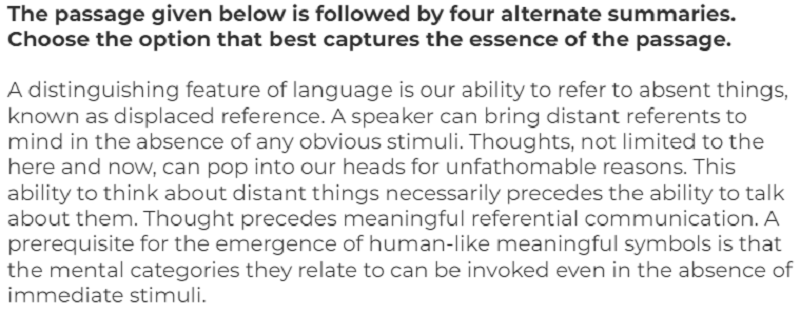
Q5.
Thoughts are essential to communication and only humans have the ability to think about objects not present in their surroundings.
The ability to think about objects not present in our environment precedes the development of human communication.
Displaced reference is particular to humans and thoughts pop into our heads for no real reason.
Thoughts precede all speech acts and these thoughts pop up in our heads even in the absence of any stimulus.
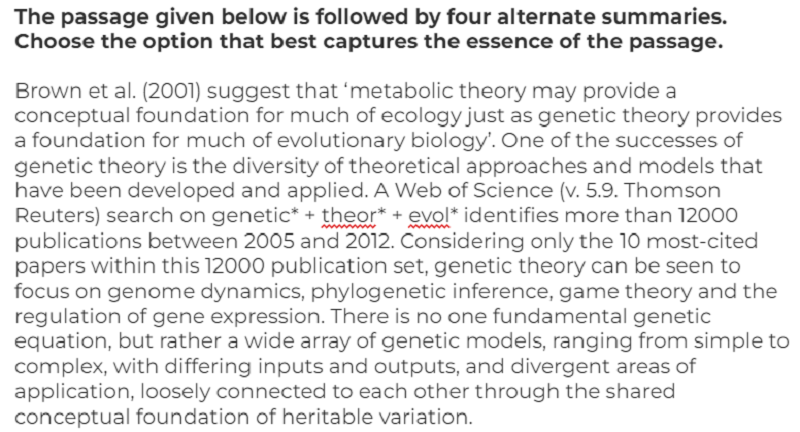
Q6.
Genetic theory has a wide range of theoretical approaches and applications and Metabolic theory must have the same in the field of ecology.
Genetic theory has evolved to spawn a wide range of theoretical models and applications but Metabolic theory need not evolve in a similar manner in the field of ecology.
Genetic theory has a wide range of theoretical approaches and application and is foundational to evolutionary biology and Metabolic theory has the potential to do the same for ecology.
Genetic theory provides an example of how a range of theoretical approaches and applications can make a theory successful.
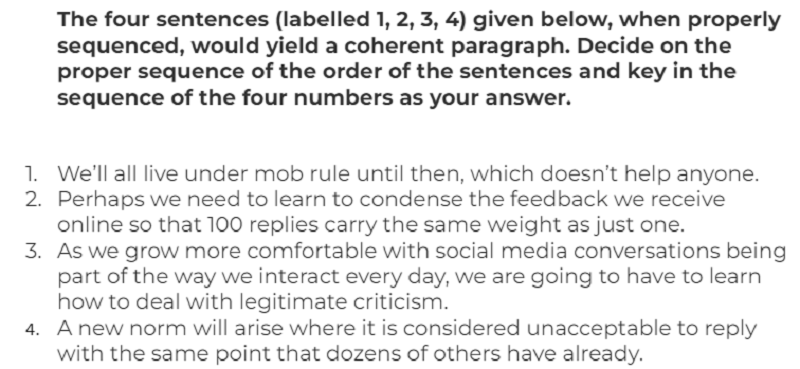
Q7.
1324
3241
3421
1423
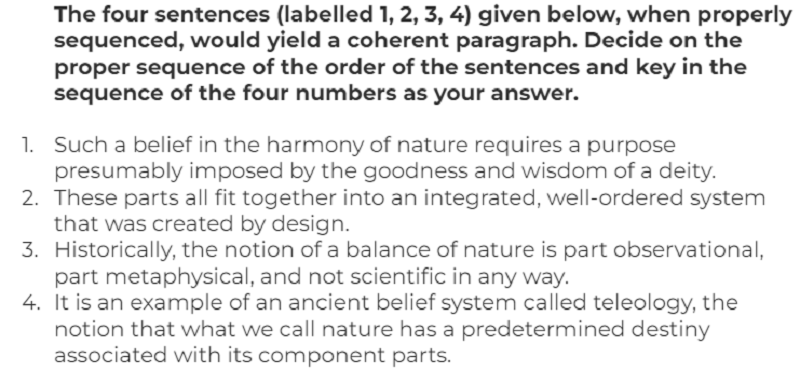
Q8.
1234
4321
3421
2314

Q9.
0
15
25
120

Q10.
75
85
90
95
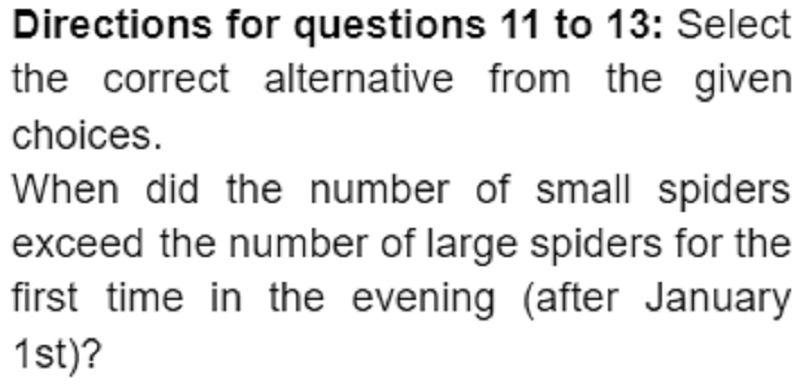
Q11.
3rd January
6th January
8th January
7th January

Q12.
4th January
5th January
6th January
7th January

Q13.
Day 2
Day 4
Day 7
Day 8
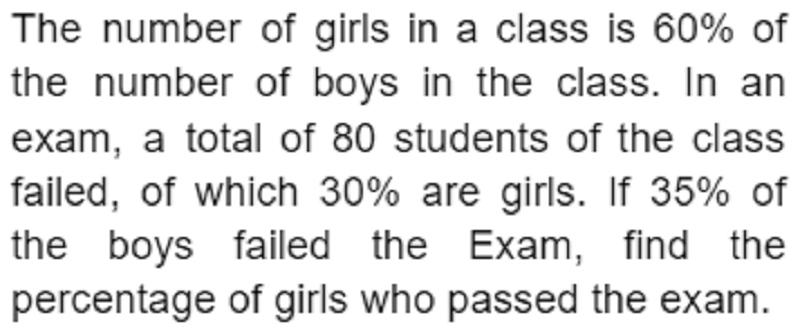
Q14.
25%
58%
42%
75%
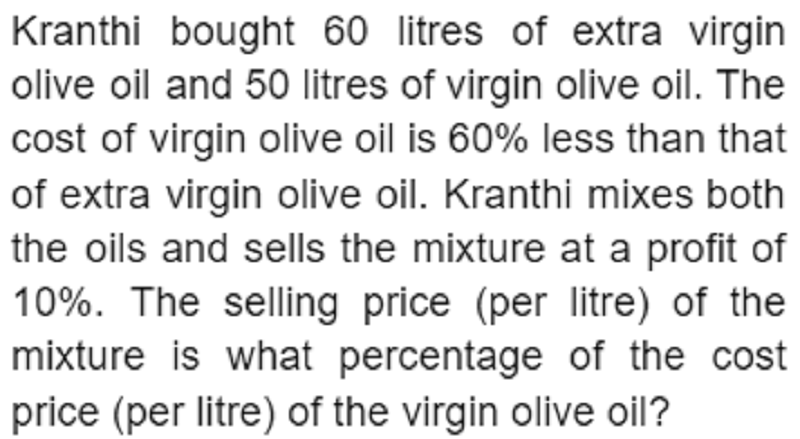
Q15.
90%
45%
225%
200%

Q16.
- 13 ≤ (x + y) ≤ 2
- 42 ≤ xy ≤ 48
- 8 ≤ x/y ≤ 8
More than one of the above
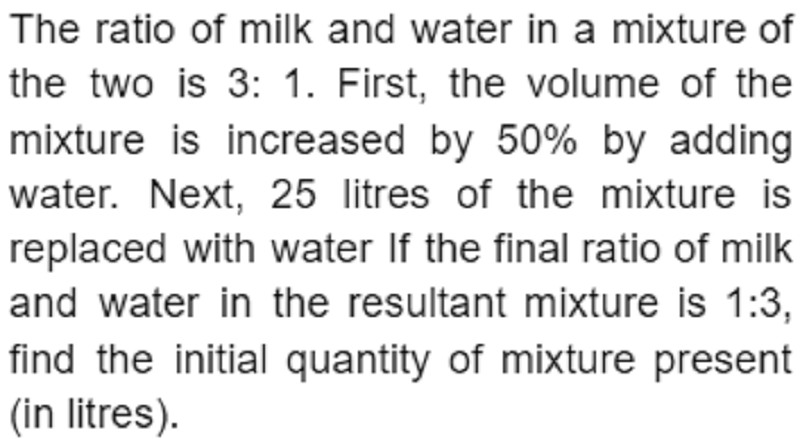
Q17.
16 2/3
33 1/3
40
80
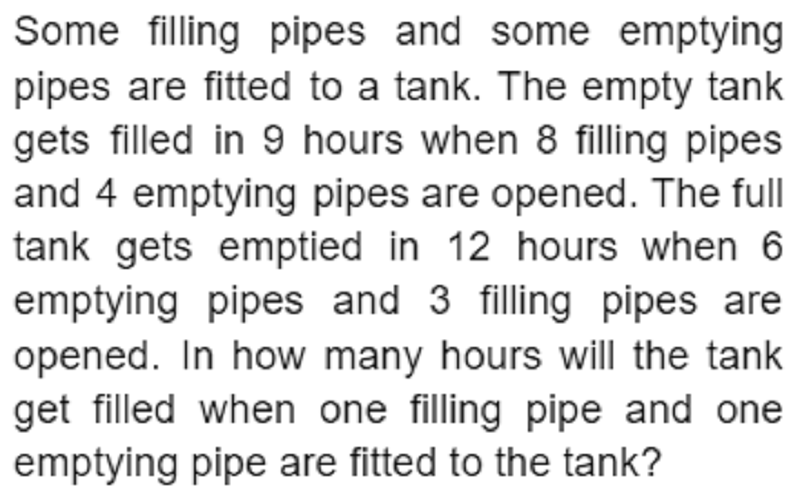
Q18.
15 hrs
18 hrs
20 hrs
None of these
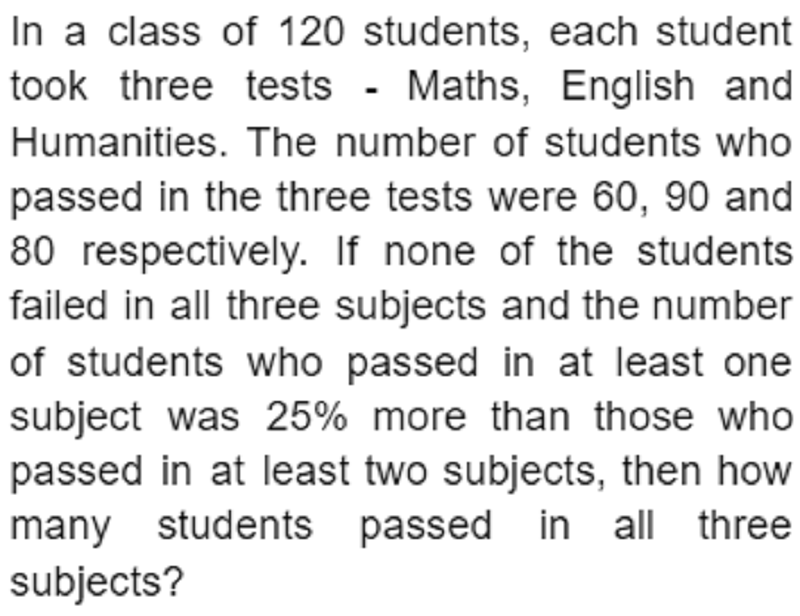
Q19.
18
10
12
14
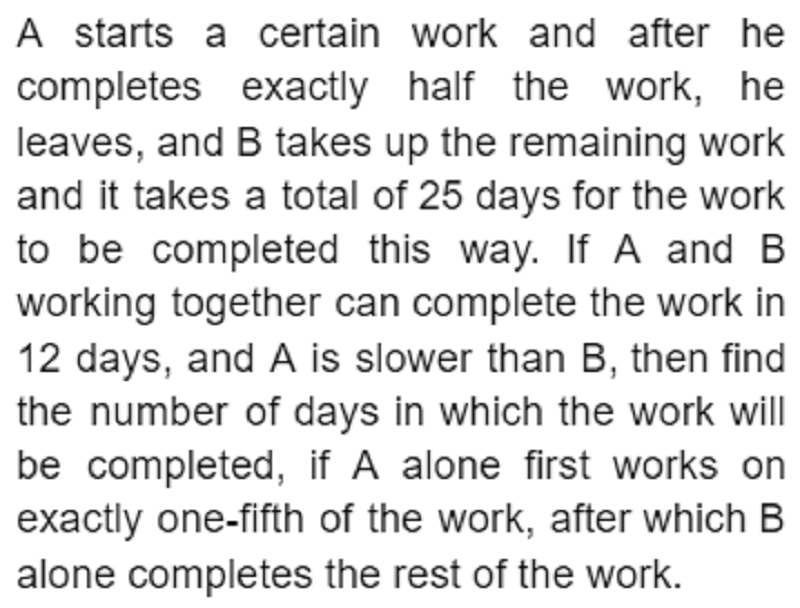
Q20.
20
22
24
26
{"name":"Mini Mock CAT (Brought to you by NDIM, Delhi)", "url":"https://www.quiz-maker.com/QPREVIEW","txt":"3 Sections:VARC - 8 Questions (15 minutes)DILR - 5 Questions (15 minutes)QA - 7 Questions (15 Minutes)[+3 for every correct answer and -1 for every incorrect]All questions are MCQ, Name:, Phone:","img":"https://www.quiz-maker.com/3012/CDN/95-4640147/screenshot-2023-11-06-210402.png?sz=1200"}
More Quizzes
Expansion Team
100
Which Smash character are you!?
9420
2B CHAPTER 2
940
Is Your Product Ready for Casting?
840
Imposter Syndrome - Find Out If You Have It
201021308
How Hot Am I - Free Attractiveness Score Online
201021184
Cookie Monster vs Veggie Monster - Which Are You?
201021308
WWE PPV - Test Your Network Pay-Per-View Knowledge
201024800
Am I Sick? - Free Symptom Self-Check
201018512
Which Mahabharata Character Are You? - Free Personality
201019934
Books of the Bible in Order - Free Practice
201017705
Sassy Personality - How Sassy Are You?
201021692
